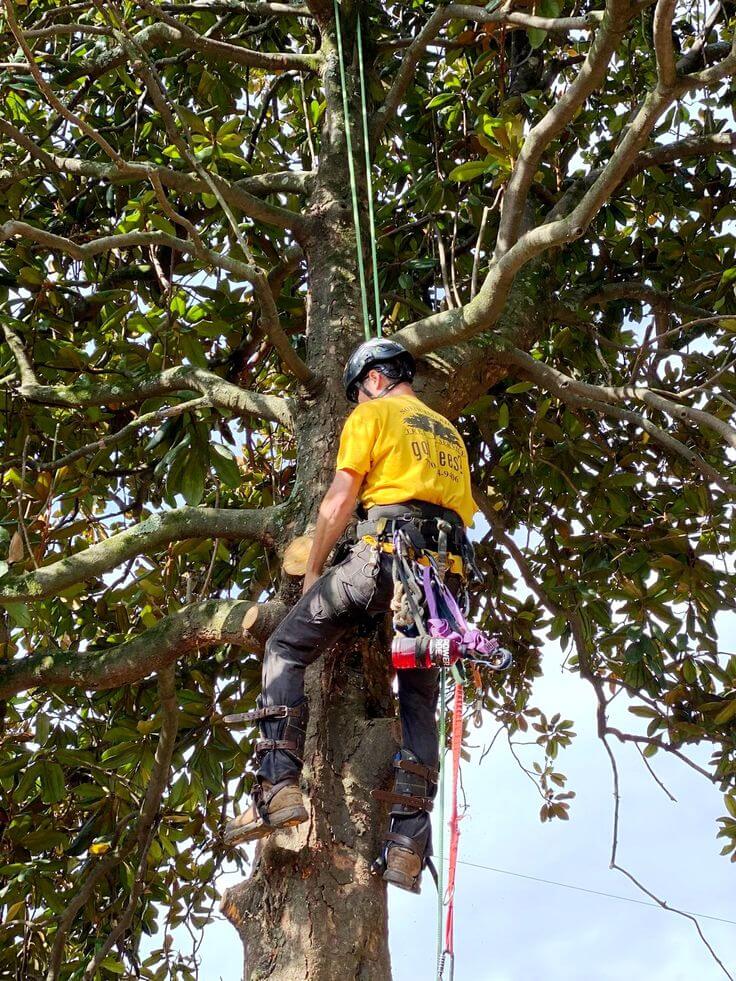The Ultimate Guide to Tree Removal: Everything You Need to Know
Introduction
What is Tree Removal?
Tree removal involves the cutting down and extraction of a tree from its site. Whether it’s due to safety concerns, disease, or aesthetic reasons, understanding the ins and outs of tree removal can save you time, money, and stress.
Why Tree Removal is Important
Removing trees is essential for maintaining a safe and beautiful landscape. Dead or damaged trees can pose significant hazards, and sometimes they need to be removed to prevent property damage or personal injury. Plus, a well-maintained yard looks much more appealing!
When Should You Consider Tree Removal?
Signs Your Tree Needs to Be Removed
Not sure if your tree needs to go? Look out for these signs:
Dead or dying branches
Hollow trunk
Signs of disease or infestation
Overgrown branches near power lines
Leaning or unstable structure
Safety Concerns
Safety first! If a tree poses a risk to your home, family, or neighbors, it’s time to consider removal. This includes trees that are leaning dangerously, have structural weaknesses, or are interfering with utility lines.
Types of Tree Removal Services
Basic Tree Removal
This service includes cutting down the tree and removing the debris. It’s straightforward but requires professional equipment and expertise.
When storms or unexpected events cause trees to fall or become hazardous, emergency tree removal services are your go-to. These services operate around the clock to handle emergencies.
Stump Grinding and Removal
After the tree is down, you might be left with an unsightly stump. Stump grinding and removal ensure your yard is clear and ready for whatever you plan next.
The Tree Removal Process
Initial Assessment
A professional will inspect the tree and the surrounding area to determine the best removal strategy. This includes evaluating the tree’s health, size, and location.
Obtaining Permits
Depending on your local regulations, you might need a permit to remove a tree. Check with your municipality to ensure you’re compliant with any legal requirements.
This involves cutting down the tree in a controlled manner to ensure safety. Professionals use specialized equipment to safely bring down the tree, often in sections.
DIY Tree Removal: Is It Safe?
Pros and Cons of DIY
Thinking of going the DIY route? Consider these pros and cons:
Pros:
Cost-saving
Immediate action
Cons:
High risk of injury
Requires specialized equipment
Can lead to property damage
Necessary Tools for DIY
If you decide to tackle tree removal yourself, you’ll need:
Chainsaw
Safety gear (helmets, gloves, eye protection)
Rope and harnesses
Ladder
Hiring a Professional Tree Removal Service
What to Look for in a Service
Make sure the business you choose has both a license and insurance. Look for positive reviews and ask for references to confirm their reliability.
Questions to Ask Before Hiring
How long have you been in business?
Can you provide proof of insurance?
What is your plan for my specific tree?
Do you offer stump removal as well?
Cost of Tree Removal
Factors Affecting Cost
Several factors influence the cost of tree removal, including:
Tree size and height
Location and accessibility
Complexity of the job
Emergency services
Average Price Range
On average, tree removal costs can range from $150 to $1,500 or more, depending on the complexity and size of the tree.
Environmental Impact of Tree Removal
How Tree Removal Affects Local Ecosystems
Trees play a crucial role in local ecosystems by providing habitats and contributing to air quality. Removing a tree can disrupt these systems, so it’s essential to consider the broader environmental impact.
Responsible Tree Removal Practices
Choose eco-friendly practices such as replanting native species and recycling tree materials. Consider consulting an arborist to find the best way to balance your needs with environmental conservation.
Preventative Measures to Avoid Tree Removal
Proper Tree Care and Maintenance
Regular care can prolong a tree’s life and prevent the need for removal. This includes watering, pruning, and protecting the tree from pests and diseases.
Recognizing Early Signs of Tree Issues
Spotting problems early can save a tree. Look for signs of disease, poor growth, or structural issues and address them promptly.
Post-Removal Considerations
What to Do with the Space
After removing a tree, you have a blank canvas. Consider planting a new tree, starting a garden, or creating a recreational area.
Replanting and Landscaping Ideas
Replanting with native species can enhance biodiversity. Or, use the space for landscaping projects like a flower bed or a patio.
Legal Aspects of Tree Removal
Local Regulations and Permits
Always check local laws before removing a tree. Some areas have strict regulations to protect certain tree species.
Neighbor Disputes Over Trees
Trees on property lines can lead to disputes. It’s wise to communicate with neighbors and understand your rights and responsibilities.
Tree Removal and Property Value
How Removing a Tree Can Affect Your Property’s Value
Strategic tree removal can improve your property’s curb appeal and potentially increase its value. Conversely, removing too many trees might negatively impact your home’s attractiveness.
Strategic Tree Removal for Better Landscaping
Removing overgrown or poorly placed trees can open up space for better landscaping and improve the overall look of your yard.
Conclusion
Tree removal is a significant decision that requires careful consideration and planning. Whether you’re dealing with a hazardous tree or planning a landscaping overhaul, understanding the process and its implications is crucial. By taking a proactive approach and consulting with professionals, you can ensure a safe and successful tree removal experience.

